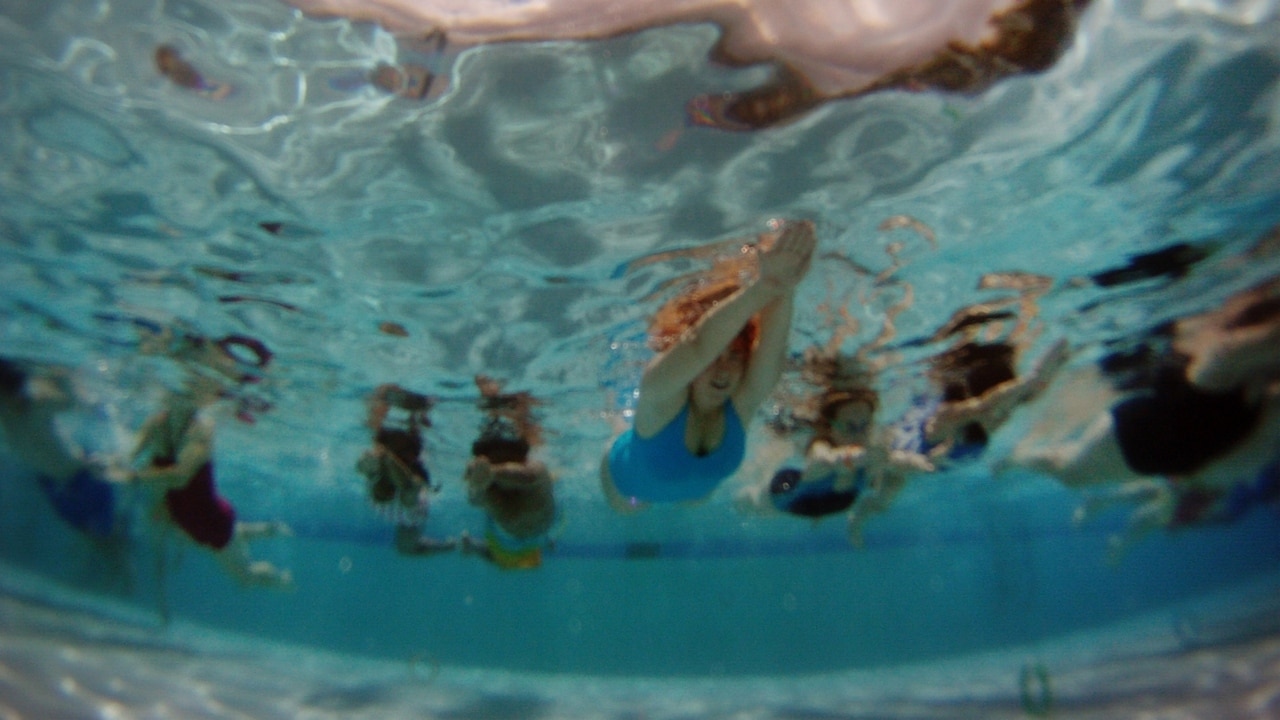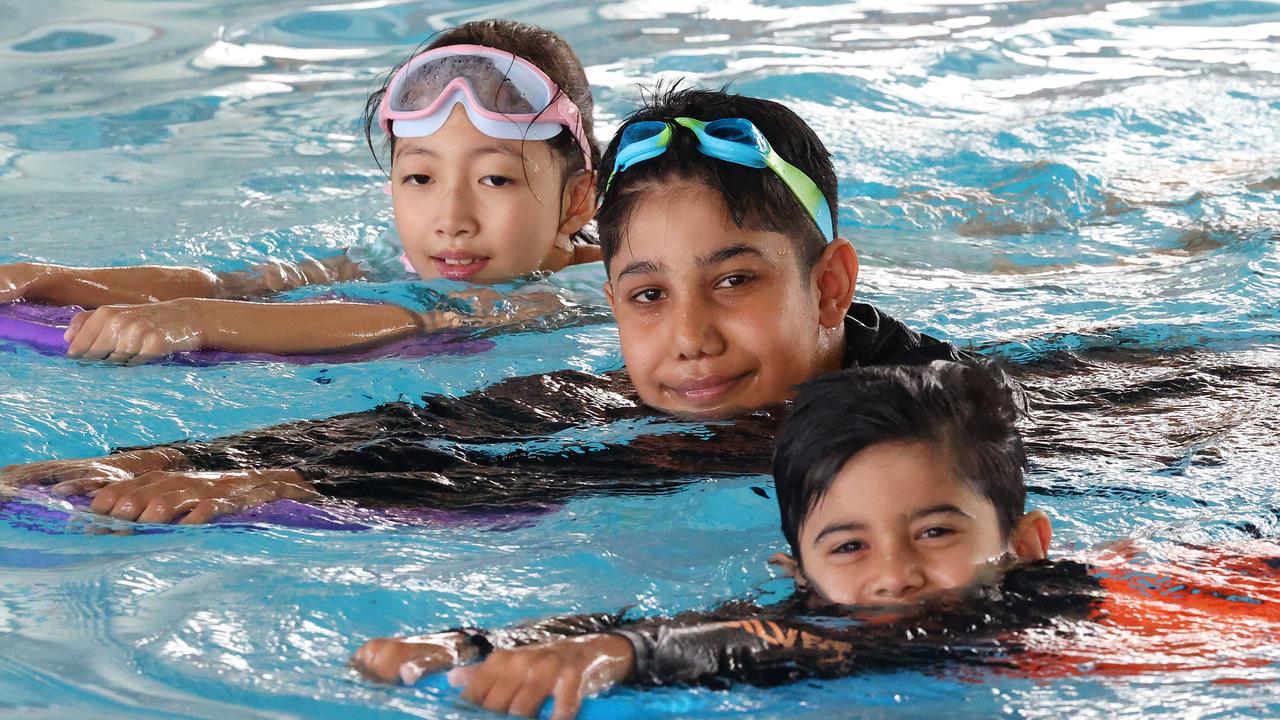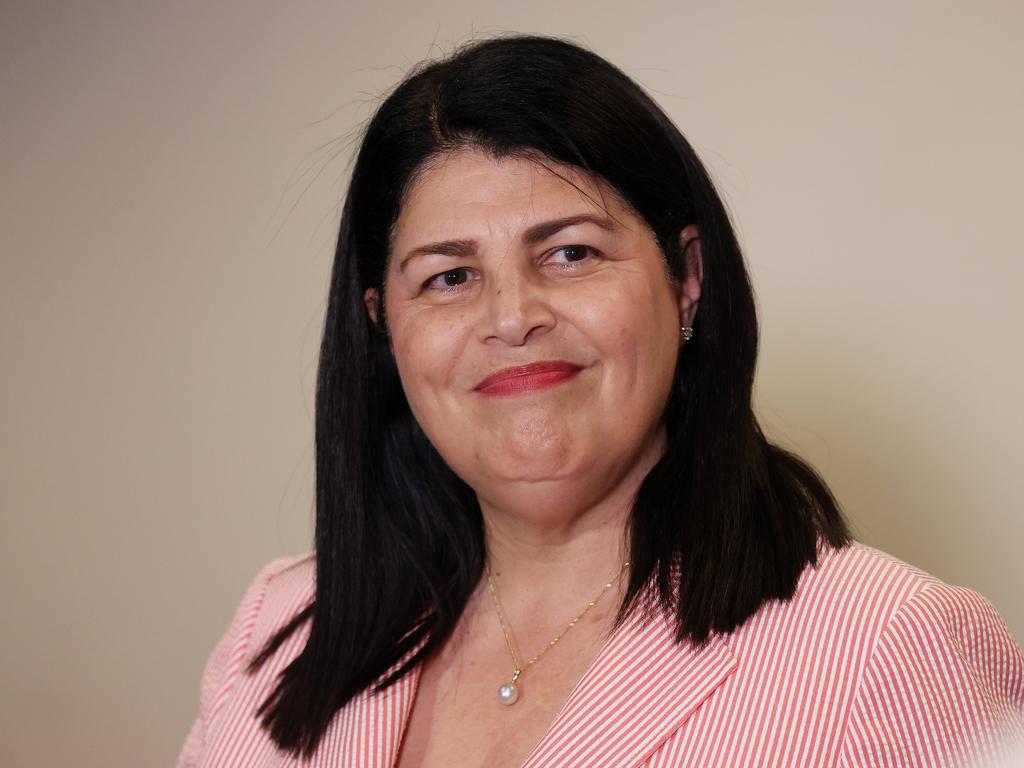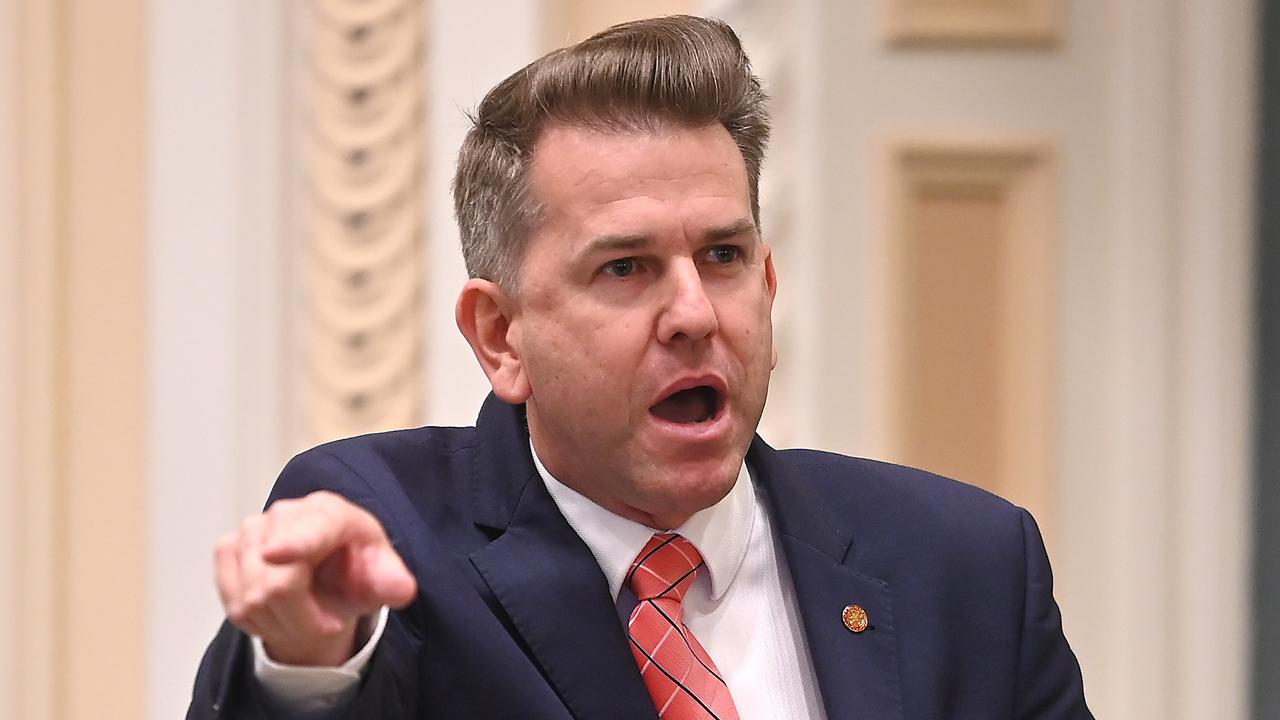Training and funding boost for school swim lessons after audit released by State Government
Teachers in Queensland’s most rural schools will be the first to undergo the new swimming instruction training to help save the lives of children, following The Courier-Mail’s Save our Schoolkids 2.0 campaign.

QLD News
Don't miss out on the headlines from QLD News. Followed categories will be added to My News.
Physical education teachers working in Queensland’s most rural state schools will be trained to provide life-saving swimming instruction, the state government will today announce.
The Department of Education has released the findings of an audit which found 98 per cent of schools offered a water safety and swimming education program, but did not offer any participation figures.
The audit also identified 14 schools which were not providing a swimming program.
PE teachers in those schools will be the first to undergo the new training to help save the lives of children following The Courier-Mail’s Save Our Schoolkids 2.0 campaign.
Experts, including Olympic swimming coaches and the Royal Life Saving Australia had spoken out about shortfalls in school programs saying it was “unclear” whether students were learning in pools or in the classroom.
The audit failed to address participation rates however, it did identify key areas for improvement which the state government says it will act upon.

Some of the schools failing to provide swimming programs including schools in discrete areas like Aurukun, Bwgcolman, Coen, Kowanyama and Pormpuraaw which are three hours away from the nearest pool.
On the back of the audit, the state government will also quadruple the available funds to its Water Safety and Swimming Education grant pot from $150,000 to $650,000.
The grant is available to schools facing barriers to offering swimming education and that are unable to cover costs from their existing budgets.
The audit further revealed that students from schools fortunate enough to have their own pool would benefit from more than three times the amount of lessons compared to those without a pool.
“In 2022, time allocated for swimming lessons per year level ranged from 180 to 360 minutes for schools without a pool; and 600 to 950 minutes for schools with a pool,” the audit read.
“Schools with swimming pools provided higher portions of time to program delivery, with the
most popular lesson allocation 10 x 45-minute lessons.”
Across Queensland, only about 200 public schools have their own swimming pool, meaning more than 80 per cent of schools are forced to transport students to access swimming lessons.
Parents are also contributing to their children’s water safety education, forking out between $10-$40 a year on the cost of travel, pool entry or for external lessons.
It’s an added cost to parents, some under serious financial stress amid the current cost of living crisis.

Education Minister Grace Grace said the state government was committed to ensuring all students would have access to lifesaving lessons, regardless of their circumstances.
“The 14 schools who are not delivering a program in 2023 are facing a range of challenges, including access to an instructor and being several hours away from their nearest pool,” Ms Grace said.
“Whether it’s funding swimming instructor qualifications for HPE teachers, developing partnerships between rural and remote schools, or providing extra funding – we will work intensely with these schools to ensure they can deliver a swimming program for their students.
“One of the reasons raised was access to qualified instructors, so we will provide funding to support up to 50 HPE teachers to undertake accredited water safety and swimming instructor training each year.”
Overall, it will take the annual funding for schools without a pool to $4.2m, in addition to the money invested for teaching time, staff development, infrastructure investment and pool maintenance.
“This will help reduce the costs for schools and families, but for those facing hardship we will ensure there are special arrangements so no child misses out,” the minister said.
“Schools have an important role to play, but children should be learning how to be safe around water long before they start school, and it needs to continue beyond the school gates.”
Following the audit’s release, questions still remain whether all students are actually learning to swim physically in a pool or merely in a classroom.
While the audit revealed 98 per cent of schools offered a water safety and swimming education program, it failed to outline how many students were participating or not.
The audit mentioned about 50 per cent of the 1072 principals surveyed indicated they offered eight lessons, which included classroom and water-based learning.
It included no participation figures nor did it include a breakdown of the amount of students who were learning to swim in pools.
The Royal Life Saving Australia general manager RJ Houston and Laurie Lawrence had told The Courier-Mail in January that it was unclear how many Queensland were actually learning to swim inside pools, as opposed to learning the theory in a classroom.




